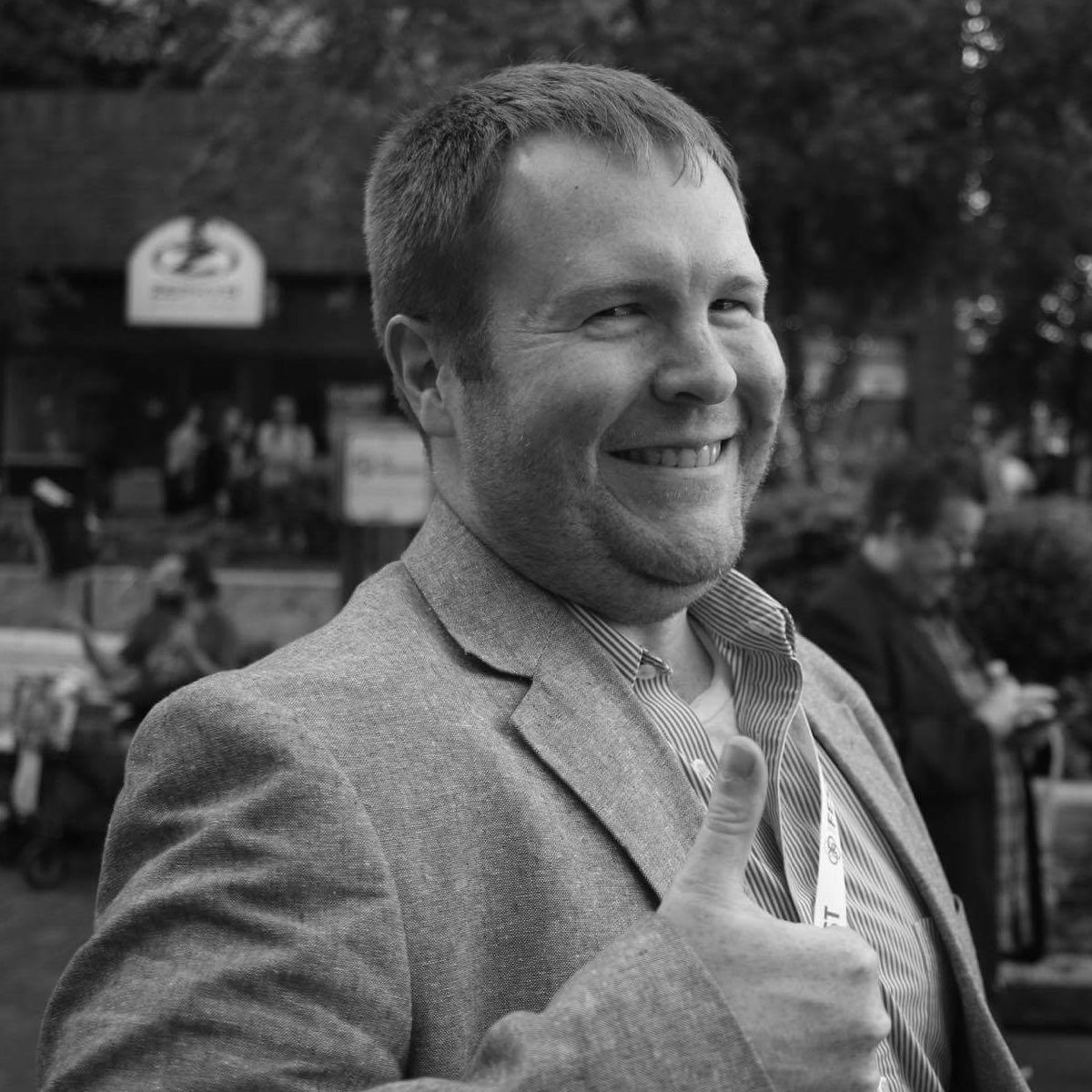Brad Feld
Startup Communities
ISBN: 978-1-118-44154-1
“If I’d known then what I know now…”
If you’ve followed my blog over the years, you know that I’m incredibly passionate about building our local startup community here in Iowa City and eastern Iowa. Almost as soon as I entered the startup community, I wanted to find ways where I could help expand the community’s offerings and increase the number of people involved in different programs, like Iowa City Open Coffee, 1 Million Cups, and Startup Weekend Iowa City. Over the past five years, this has led me to head up or help out with many of the big entrepreneurial events and activities in the area.
I’ve learned a great deal over the past five years about the major components of a successful entrepreneurial ecosystem, but there were times where I did feel a bit like I was feeling my way through the dark. Startup Communities is a reference I wish I’d had at the beginning of the journey, when I was learning the basics of helping to build our local ecosystem. Most of the pieces mentioned in the book – the parts of the “Boulder Model” – were already in place when I started taking a leadership position. However, I feel like I would have had more of a running start had I read this book sooner.
I’m a great proponent of the “Boulder Model”, named for Boulder, Colorado, where Feld lives and helps move the local ecosystem forward. We’ve managed to replicate here in eastern Iowa much of what they have accomplished to our west, but we’re still years behind, and some elements of the ecosystem still remain split between Cedar Rapids and Iowa City. However, over the last year, since the corridor entrepreneurial ecosystem budded into two smaller ecosystems, we’ve made a great deal of progress here in Iowa City filling in the holes not yet filled prior to the split, along with what went missing after the split.
If you aren’t familiar with the “Boulder Model,” it’s the system Feld lays out, explaining the essential components that go into a successful startup ecosystem. He differentiates the roles of entrepreneurs, government officials, and large business entities. Leadership for an ecosystem must come from inside an ecosystem, and it must be community driven. Universities, governments, and large institutions play a key role in creating a vibrant startup scene, but cannot be the people in charge.
For example, The University of Iowa plays a huge role in the Iowa City ecosystem and contribute a large amount of resources to promoting and growing our ecosystem, and they are the largest employer in Iowa City. The UI JPEC runs a number of programs for students, but they don’t run community programs like 1 Million Cups and Startup Weekend Iowa City. The one issue we’ve had here is trying to get students and community members to cross-pollinate more often – not the fault of any one organization, just the usual town-and-gown problem many university communities have. It’s up to volunteer community leaders to bring those resources and populations together, and I feel we’re starting to have success in this area. However, as laid out in the book, one or two people can’t do it all, and we do still have a problem getting people to step up and help with the larger entrepreneurial events in this ecosystem. (As I’ve discussed in other blog posts, I think most people here just have too much to do already, and can’t spare the time to help.)
Overall, 10/10, would highly recommend to anyone working to build an entrepreneurial ecosystem of any size, from the largest and most established communities, to those even less established than ours. Anyone struggling to gain traction in their area should give this book a read, just to see if they have all of the requisite pieces of the puzzle in place. Sometimes, it’s just a matter of getting the right couple of people or organizations lined up correctly to put a community on the road to success.
